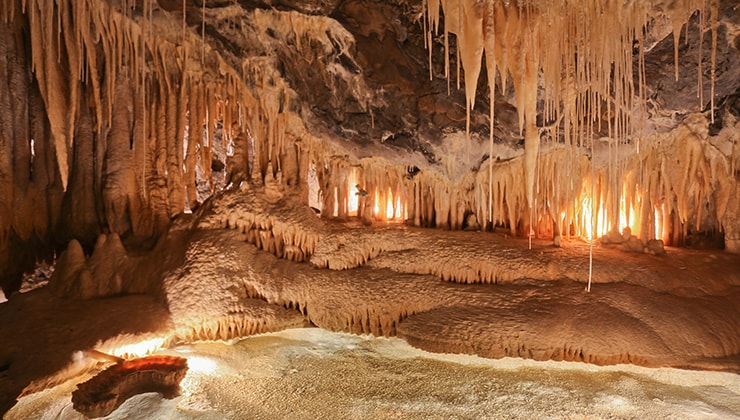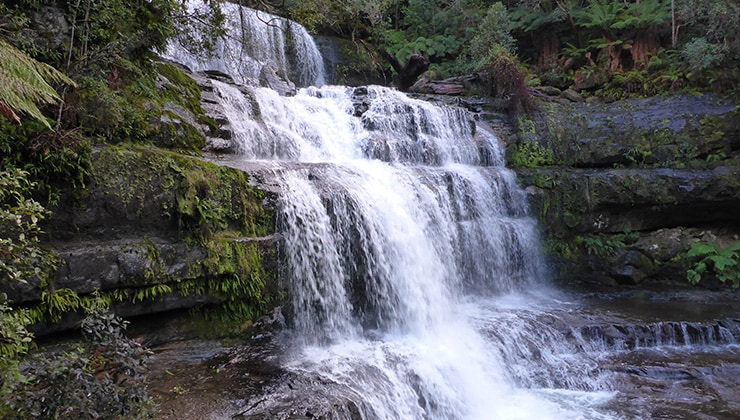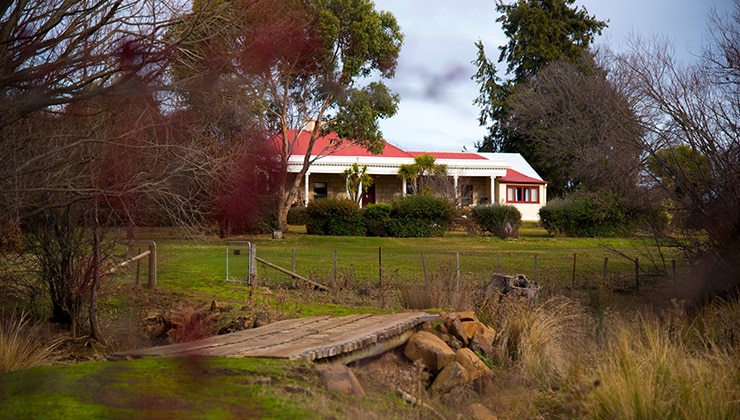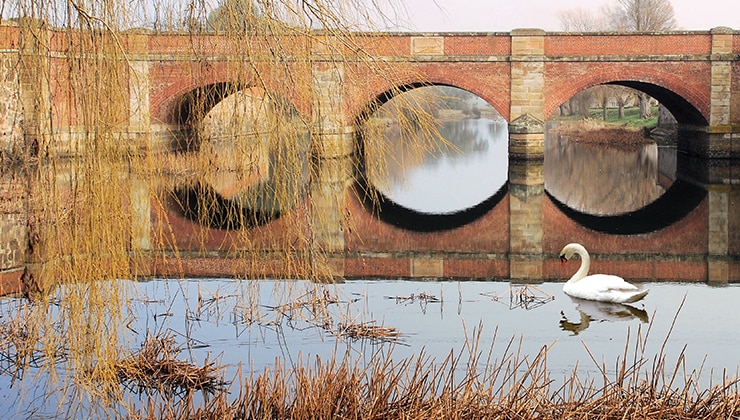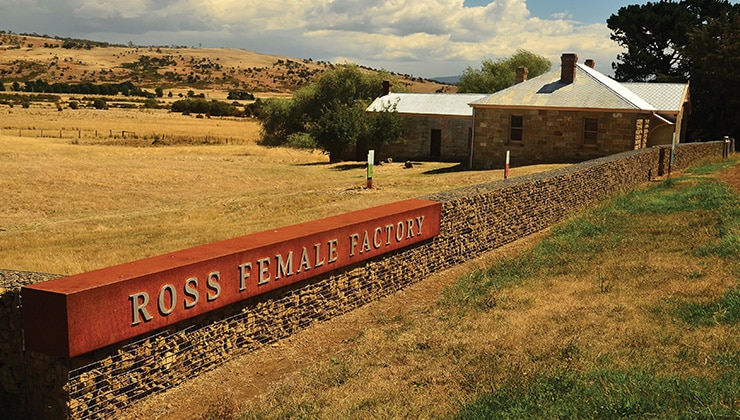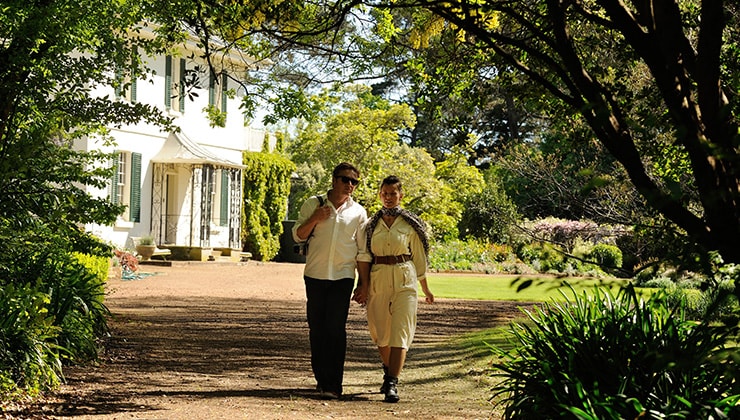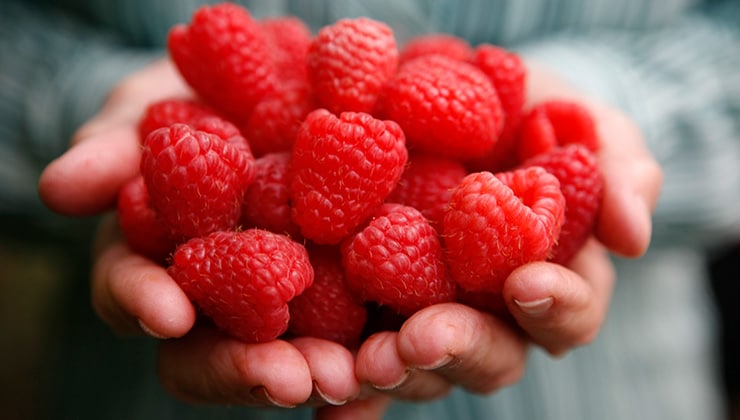On arrival at Devonport, disembark Spirit of Tasmania and drive south to Mole Creek, where caves, critters and cliffs will easily fill most of the days. The surrounding Mole Creek Karst National Park has about 300 caves – head underground into Marakoopa Cave, featuring glow worms and fantastic limestone formations.
Stop for coffee or lunch at Earthwater Café, near Mole Creek, and then delve into the world of Tasmanian devils and a cohort of other wildlife at Trowunna Wildlife Sanctuary.
Take a short walk to Tulumpanga/Alum Cliffs, where a lookout shadows the Mersey River as it bends through a gorge. This is a place of social and spiritual significance to Palawa people, Tasmanian Aboriginal people, because of the ochre found in the area.
An easy way to combine all these experiences in Mole Creek is on a full-day cultural tour with Kooparoona Niara Tours.
The streets of nearby Deloraine are lined with Georgian and Victorian buildings classified by the National Trust, making this artsy town a fascinating place for a leisurely walk. The Deloraine Streetscape Sculptures is a collection of 23 works spread around town, creating an hour-long walk along the banks of the Meander River and Emu Bay Road, past art galleries and vintage boutiques.
Find dinner and curiosity at Cycles at the Empire, a cafe-restaurant in a corner of the Empire Hotel – Deloraine’s tallest building and a former bike factory.
Spend the night at Blakes Manor, or head 25 minutes out of town to the solitude of The Peak Forest Retreat, and sleep under the summit of Mother Cummings Peak.




